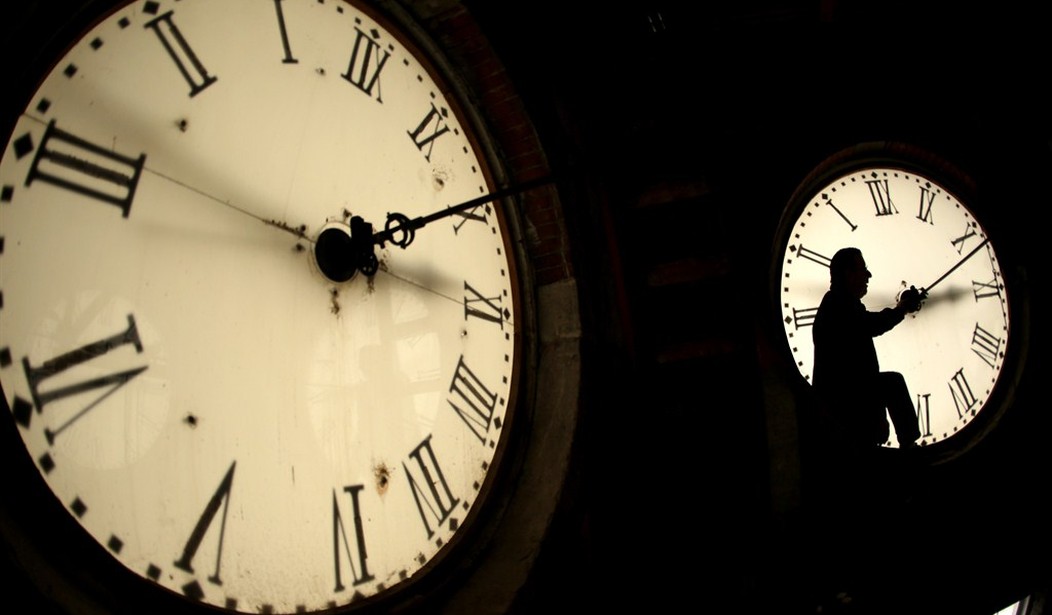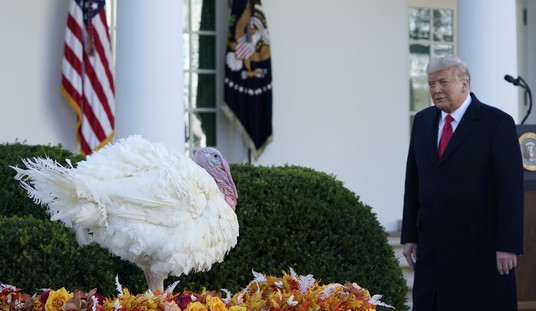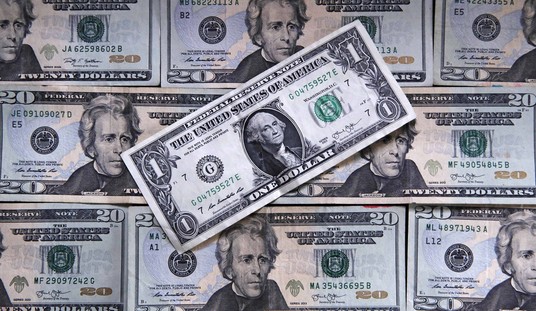The second-most wonderful time of the year has arrived at our threshold. Yes, it’s practically Spring-forward Sunday, the overnight when something happens that’s very nearly as magical as Santa Claus showering gifts on believers around the world: Morning surrenders an hour to be bestowed upon the evening, opening a package shining with limitless sunlit pursuits.
Ah, daylight saving time. There really should be carols.
In exchange for this miracle of countless opportunities, all we pay is a slight and temporary disruption of our circadian rhythms. For this, my suggested solution stands: Congress should pass Spring-forward Monday, a national holiday giving Americans an extra 24 hours to slide into the DST groove mandated by the Uniform Time Act of 1966. (Residents of Hawaii and Arizona, sticking to standard time year-round, may go to work as usual.)
The rest of us will work on adjusting our sleep schedules, followed by getting busy making the most of the fresh hour of daylight assigned to the end of the day. On that note, well done, Morgan Lamandre.
Since research suggests injuries and mistakes happen at an alarming rate during the first week after DST, we are giving our staff Monday off to have one full day of rest. Very excited about this new holiday we created. https://t.co/EXGqEpWNHh
— Morgan Lamandre (@MorganLamandre) March 8, 2024
Florida’s schools, from pre-K to post-grad, grasp the wisdom of this holiday concept, using the week after Spring-forward Sunday for spring break. Good on them.
It must be acknowledged: Some unreachable sour scolds among us regard the annual dawn of daylight saving time the way Noël Coward did Christmas, as “at our throats again.”
Is there a single person who is in favor of continuing DST?
— Amy Curtis 🇮🇱 (@RantyAmyCurtis) March 6, 2024
What reasons -- if any -- are there for keeping this system? https://t.co/nJD1sMXjZR
There is no making some people happy. But, by and large, we can avoid those whose DST misery extends beyond a few groggy mornings of adjustment. Unless, of course, we are bound to them in holy matrimony, and while they grumble about 9 p.m. (or later) sunsets, we who are in the backyard enjoying the gloaming’s late arrival are forced to ponder the limits of opposites attracting.
Studies abound about on the cultural, medical and economic effects of DST on the nation, but taken as a whole, they resolve almost nothing. For every study that shows an annual loss to the economy in adjustment costs (DST-related impacts to punctuality, illness, productivity) there’s another indicating surges in consumer spending.
DST packs health risks beyond several days of grogginess, including heart attacks, strokes, workplace injuries, and exacerbated mood disorders. On the other hand, more daylight promotes safer driving conditions, lowering the incidence of car accidents and risk to pedestrians, not limited to joggers, dog-walkers and children outside playing.
Remarkably, DST also is associated with a dip in crime: Robberies slip 7% overall and 27% in evening hours after the switch, a direct result of lingering daylight. As economists Jennifer Doleac and Nicholas Sanders reported:
Most street crime occurs in the evening around common commuting hours of 5 to 8 p.m., and more ambient light during typical high-crime hours makes it easier for victims and passers-by to see potential threats and later identify wrongdoers.
Is there anything DST cannot do? If only Jussie Smollett had been roaming the streets of Chicago in August instead of standard-time January, he could have saved a bunch of celebrities and top political officials a great deal of crow consumption.
DST enhances the industries that support backyard entertaining (especially barbecuing), dining out, theme parks, and outdoor athletics, including my particular favorite, golf. Reportedly, every month of DST boosts golf-connected spending by $400 million.
Indeed, the roots of modern DST trace to an early 20th-century English builder, William Willett, who wanted more daylight at the end of the day to satisfy his midweek golfing urge.
And, if you’re among those who want to adopt DST permanently — to “lock the clock” — you can thank golfers for patrolling the point. Says Denver-based writer/entrepreneur Scott Yates, a self-described “daylight-saving-time activist,” “A lot of the states, when I testify, the only other ones that show up are the golf people.”
Consider this bucket hat tipped to Mr. Yates, although, despite my enthusiasm for DST from March through Halloween, I am yet to be persuaded that locking the clock is in our best interest.
Yes, the analysis cited here once before — vehicular collisions with deer skyrocket after DST ends in November — remains intriguing. However, this may be one of those post hoc ergo propter hoc fallacies: Mating season, which results in some spectacular chases involving does and bucks across well-traveled roadways, spans late October to late November. DST ending may have little or nothing to do with car vs. whitetail encounters.
So, what about the move toward permanent DST? Notably, America tried year-round DST in 1973, when we were hardier folk, and dropped it after a single winter. Sending youngsters off to school in the pitch dark from Thanksgiving to Presidents Day may sound OK in theory, but it fails in practice.
Nonetheless, we who fail to learn from history — hello, Trump vs. Biden II — seem willing to try any dismal societal experiment again and again. Thus do we have Florida U.S. Sen. Marco Rubio, an otherwise thoughtful chap, playing chief sponsor to the potentially egregious Sunshine Protection Act.
With Daylight Saving Time returning on Sunday, we should pass my Sunshine Protection Act to lock the clock and make it permanent.https://t.co/NzTayeTbr3 pic.twitter.com/uH0cutZTBU
— Senator Marco Rubio (@SenMarcoRubio) March 5, 2024
Maybe we’d do it better this time. Maybe, with our technological advances, we could sort accommodating student safety — Any volunteers for the wintertime school bus scheduling committee? — while satisfying workers who prefer sunsets that linger even to the winter solstice. Color me skeptical.
For the moment, even as a partial retiree who pretty much sets his own hours, I am ready for leaping ahead. Bring on the extra evening hour. There are links to be played, and links to be grilled, and I’m totally up for both.








